Over the last 20 years, television for teens and pre-teens has changed pretty drastically. In the case of Disney Channel’s Girl Meets World, currently in its second season, I think these changes have been for the better. For those not familiar with Girl Meets World, it carries on the storyline and many main characters from the millennial favorite Boy Meets World, and follows Riley Matthews, the pre-teen daughter of BMW main characters Corey and Topanga.
Perky and naïve Riley is complemented by bad-girl Maya Hart, a moody and dark alternative to the original Shawn Hunter from BMW. Farkle Minkus, the class nerd, carries on the legacy of his father – the similarly portrayed Stuart Minkus. Rounding out the quartet is the main character’s love interest, Lucas Friar.
While Girl Meets World tends to rely a little heavily on recreating the plot-lines of its predecessor, it has done a fair job of pushing boundaries of representation.
On a recent episode, which aired on September 11, 2015, Girl Meets World brought to its viewers the possibility that a main character could be diagnosed with an Autism Spectrum Disorder, known as Asperger’s Syndrome*. (See Footnote at the end of this piece.)
Normally I’m a stickler for avoiding spoilers, but in this instance, the Disney Channel indicates in the episode’s summary that the character in question is Farkle. Over the course of two seasons, Farkle’s character has evolved in many ways. Farkle’s main interests include taking over the world, maintaining his friendship with Maya and Riley, and knowing everything there is to know about everything.
During this episode, in the process of standard IQ and Aptitude testing, Farkle’s superior IQ is confirmed by the school’s guidance counselor. His unique behaviors, though, warrant more testing. While some may feel that this should be a private, even hush-hush circumstance, Farkle and his parents discussed the situation openly with each other and their close friends.
As a parent who has had their child evaluated for a possible Autism Spectrum Disorder, this episode spoke to me as a step in the right direction. In the beginning, when the possible diagnosis was revealed, the lead characters showed concern — fear, even — that their friend could have something “wrong with them.” Things took a turn, thankfully, with those characters later sitting down to research the condition together, and to discuss characteristics that did and did-not fall in line with Asperger’s Syndrome. Ultimately, the message they landed on was acceptance. Not just acceptance that their friend could possibly be labeled as such, but acceptance that it would be “ok,” and that their bond was bigger than any label.
I don’t recommend encouraging youth to turn to Dr. WebMD for researching/self-diagnosing, which this episode unfortunately did. I do, however, strongly believe that showing the group of 8th graders working together to educate themselves about Autism, in an attempt to show support and solidarity, was well done. I also agree that in 2015, youth faced with this kind of circumstance would likely turn to the internet, and their old friend – mainstream media. This is exactly why I feel that episodes like this, titled “Girl Meets I Am Farkle,” are so important.
Similarly, NBC’s Parenthood had the character of Max, a young boy with Asperger’s. By contrast, Parenthood’s audience was, as the title suggests, mostly adults and parents, whereas Girl Meets World targets a dual audience much more in need of this kind of normalization: pre-teens and millennials. Due to the fan base of the original series, Girl Meets World has managed to appeal to millennials while still capturing the current generation of pre-teens.
As the friends await the results of Farkle’s behavioral interview and testing, a minor character joins the group. Isadora Smackle is frequently shown as a potential love interest for Farkle, and provides occasional comedic flare with her flat affect and quirky personality. After encouragement from friends, Farkle joins Isadora privately at a café table. He confesses to her that he might have Asperger’s, and asks if she would still be interested in him. Over an accidental brushing of hands, GMW takes a big chance with reminding the audience that it is a real possibility that this 13-year-old girl could reject her crush due to his confession. But Farkle’s risk pays off, and the emotional connections in this episode truly reached me in a way that goes beyond the normal fare.
After Farkle’s guidance counselor explains the results to him, Farkle returns to the classroom, and begins “Farkle Time,” explaining to his peers exactly what Asperger’s Syndrome and Autism mean to him. Beyond that, how important it is to him to be known simply as himself – a lesson I feel everyone benefits from being reminded.
I won’t ruin the twist of “Girl Meets I Am Farkle,” but I will tell you that it is a gem in highlighting friendship in 2015. The big reveal in the show’s ending stumbles a little bit, but prevails in its overall intent to point out that Asperger’s and ASD are completely normal everyday things, and that they are all around, whether labeled or not.
While The Disney Channel has focused on successfully recreating a show that combines fluff and silliness with raw emotion and, for lack of a better word, the power of friendship – they have truly taken a step in the right direction here by normalizing something that could otherwise be misunderstood, and bullied.
I will not claim that Girl Meets World is perfect, nor will I ignore its whitewashed stereotypical tendencies. That being said, there is so much in the world to punch down on, and I want to point out a step in the right direction – and a thing to be celebrated. Kudos to you, Girl Meets World, for making it a little easier for kids to know how to embrace someone on the Autism Spectrum, and for hopefully making it a “safer” world for the next generation of Autistic teens.
Footnote:
Over the last few years the DSM (a tool for diagnosing psychological disorders) has changed, and Asperger’s is no longer considered an accurate or current diagnosis. While some may rightly feel that The Disney Channel has made a faux pas in not reflecting the current scientific labels, it is my opinion that they were hoping to impact their pre-teen and teen viewers. That is to say, viewers who could have already been diagnosed with Asperger’s prior to the change in DSM which became effective in approximately 2013, and their peers. For more information on this, please visit: This DSM5 Autism Spectrum Disorder fact sheet, which reviews these changes.
Nicole Tompkins-Hughes is a freelance writer talking about games, tech and all things parenting-related. She is passionate about diversity and equality, and the people that make our worlds go round. She can be found on Twitter @Souriant_Nymh and examples of her work can be found at SeeNicoleWrite.tumblr.com.
Hayden Fuller also contributed analysis to this piece.
—Please make note of The Mary Sue’s general comment policy.—
Do you follow The Mary Sue on Twitter, Facebook, Tumblr, Pinterest, & Google +?



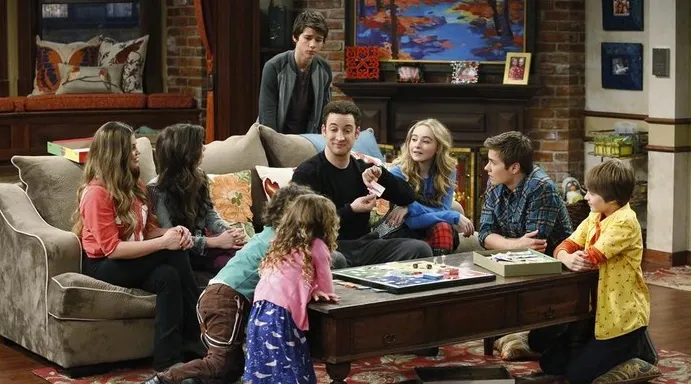
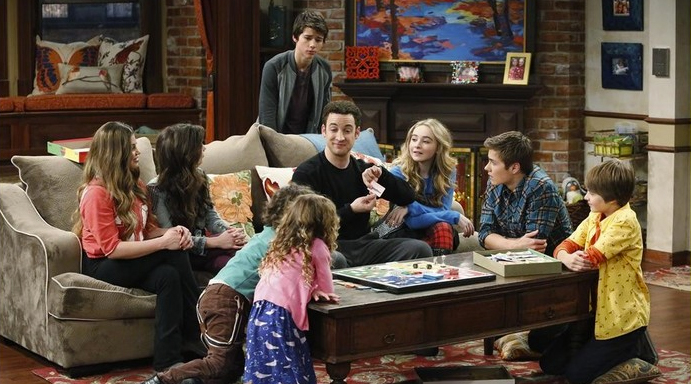

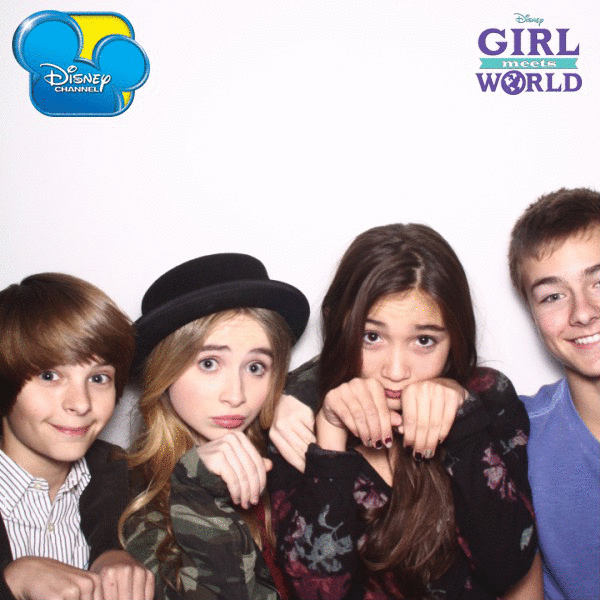
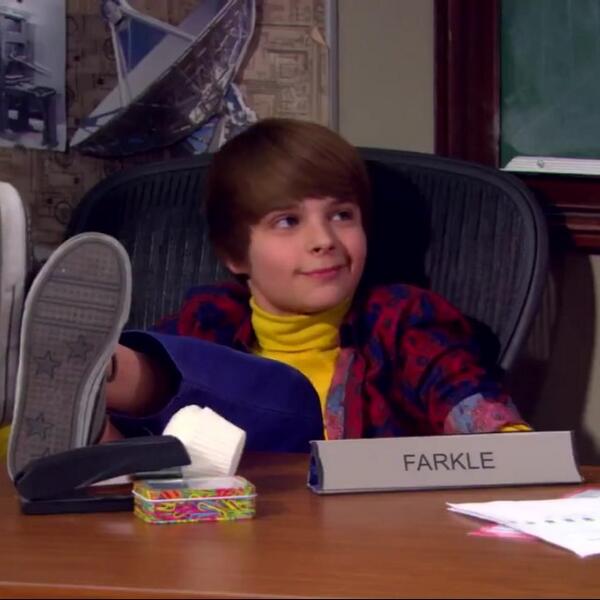
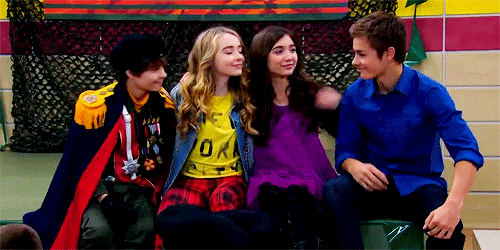
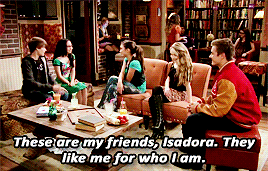




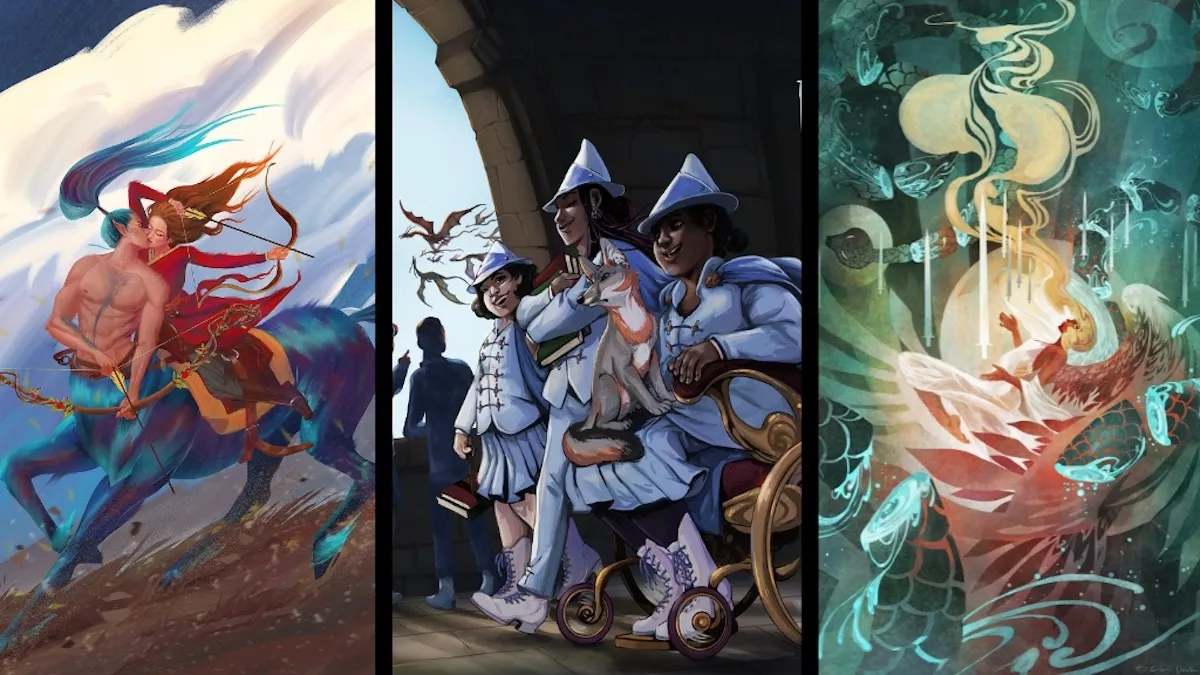
Published: Oct 28, 2015 04:20 pm